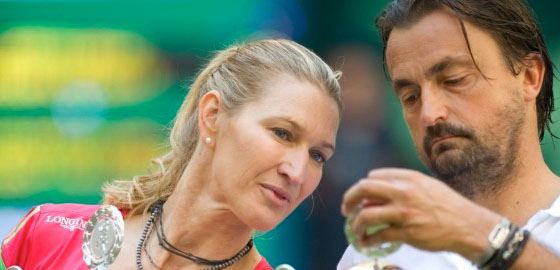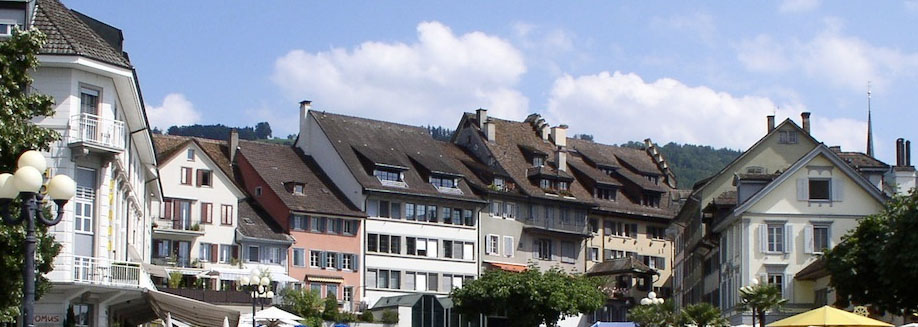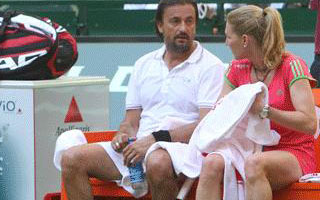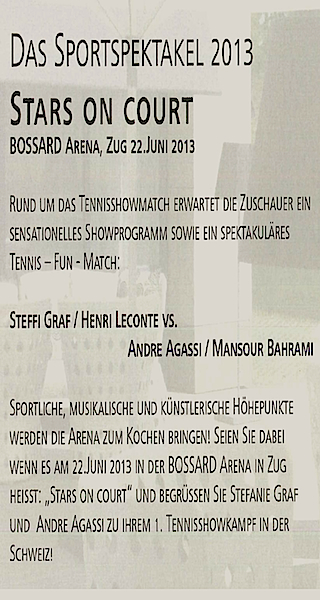

Zug
Zug is a German-speaking city in Switzerland. The name ‘Zug’ originates from fishing vocabulary; in the Middle Ages it referred to the right to ‘pull up’ fishing nets and hence to the right to fish. The city of Zug is located in the Canton of Zug and is its capital. As of 31 December 2011 it had a total population of 26,045 inhabitants.
Zug has an area, as of 2006, of 21.7 square kilometers (8.4 sq mi). Of this area, 35.5% is used for agricultural purposes, while 38.1% is forested. Of the rest of the land, 23.8% is settled (buildings or roads) and the remainder (2.6%) is non-productive (rivers, glaciers or mountains).
The canton of Zug is located in the area between the lowlands and the foothills of the Alps. It borders the canton of Schwyz to the south and southeast; the cantons of Lucerne and the ‘Freiamt’ of canton Aargau to the west; and the canton of Zurich to the north and northeast.
The lake shore has been embanked and forms a promenade, from which glorious views of the snowy peaks of the Bernese Oberland, as well as of the Rigi and Pilatus, are gained. Towards its northerly end, a monument marks the spot where a part of the shore slipped into the lake in 1887.
The older part of the town is rather crowded together, though only four of the wall towers and a small part of the town walls still survive.
The most striking old building in the town is the parish church of St Oswald (late 15th century), dedicated to St Oswald, king of Northumbria (d. 642), one of whose arms was brought to Zug in 1485. The town hall, also a 15th-century building, now houses the Historical and Antiquarian Museum. There are some quaint old painted houses close by. A little way higher up the hillside is a Capuchin convent in a striking position, close to the town wall and leaning against it. Still higher, and outside the old town, is the fine new parish church of St Michael, consecrated in 1902.
The business quarter is on the rising ground north of the old town, near the railway station. Several fine modern buildings rise on or close to the shore in the town and to its south, whilst to the southwest is a convent of Capuchin nuns, who manage a large girls' school and several other educational establishments.
The Museum of Prehistory Zug houses an important collection of archaeological remains, especially from the late Bronze Age (urnfield culture) settlement of Zug-Sumpf. Many of Catharine II of Russia's relatives descended from Zug and became known as the Volga Germans.
Culture arises from the daily life of living together. The rich variety of the life of Canton Zug is demonstrated in the wide range of cultural activities on offer: music, theatre, art and literature, film and performance; all of indispensable value. The “IG Culture Zug” society currently has some 200 members.
There are three attractively-designed museums in the city: the Museum of Prehistory, which displays archaeological finds from Canton Zug; the castle houses the Museum of Cultural History of the city and Canton Zug, and Zug Art Gallery attracts visitors with its exhibitions: www.museenzug.ch Several municipalities also have their own local museum. The Casino Theatre in Zug and the Zug ‘Burgbachkeller’, along with the ‘Chollerhalle’ cultural centre, are the most famous establishments. The event centres in Baar, Cham and Rotkreuz and the Zug youth scene (Galvanik, Podium Industrie 45) enrich the range of cultural events.
Zug’s culture also includes the famous Zuger cherry liqueur cake, culinary export hit No. 1 and in demand worldwide. www.zugerkirschtorten.ch. www.zugerchriesi.ch. Not available for export is yet another Zuger constant: the famous sunset, which for author Johannes Mario Simmel, who died in 2009, is the world's most beautiful. And he should know, a world traveller who, for a long time, made Zug his home.
http://en.wikipedia.org/wiki/Zug









